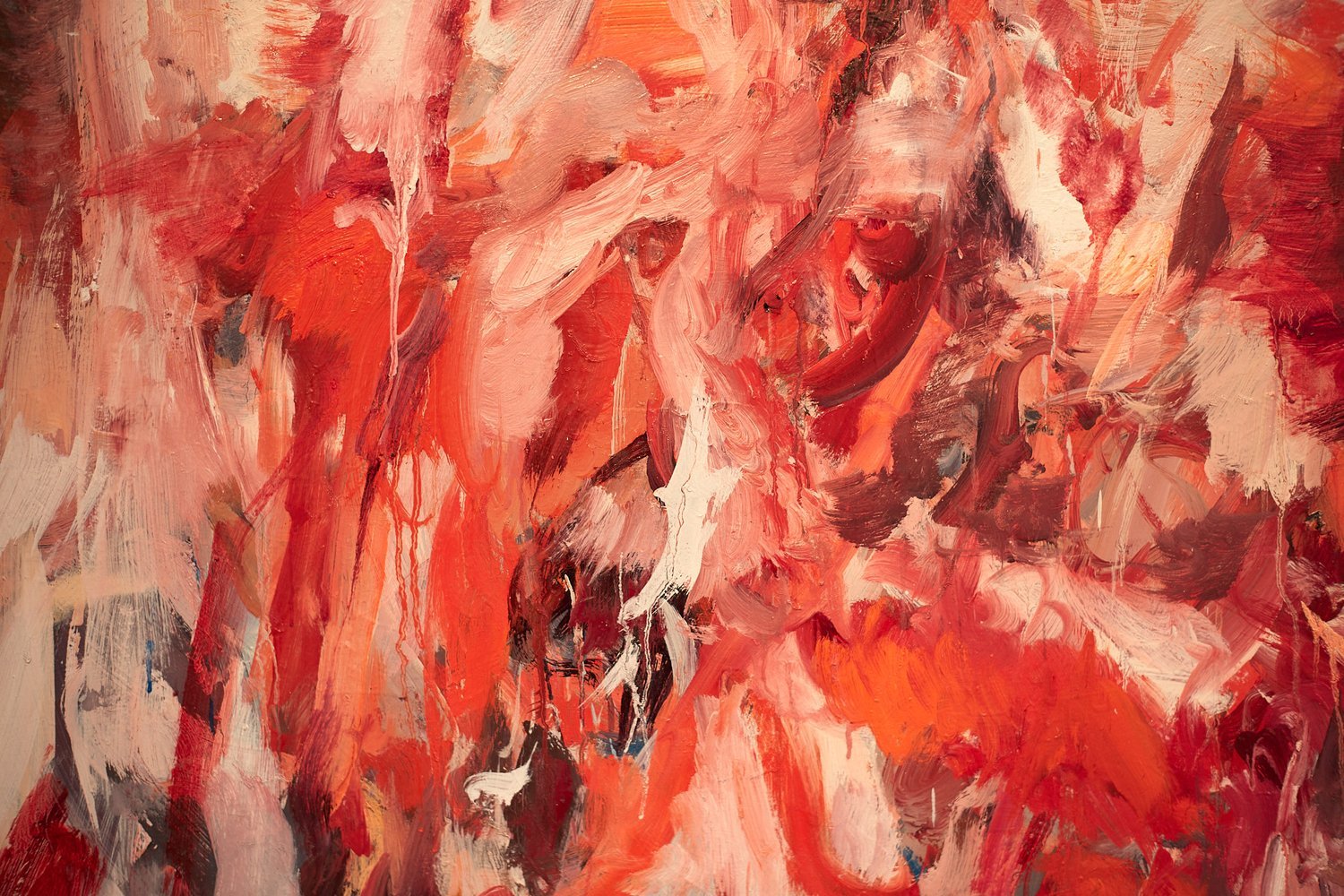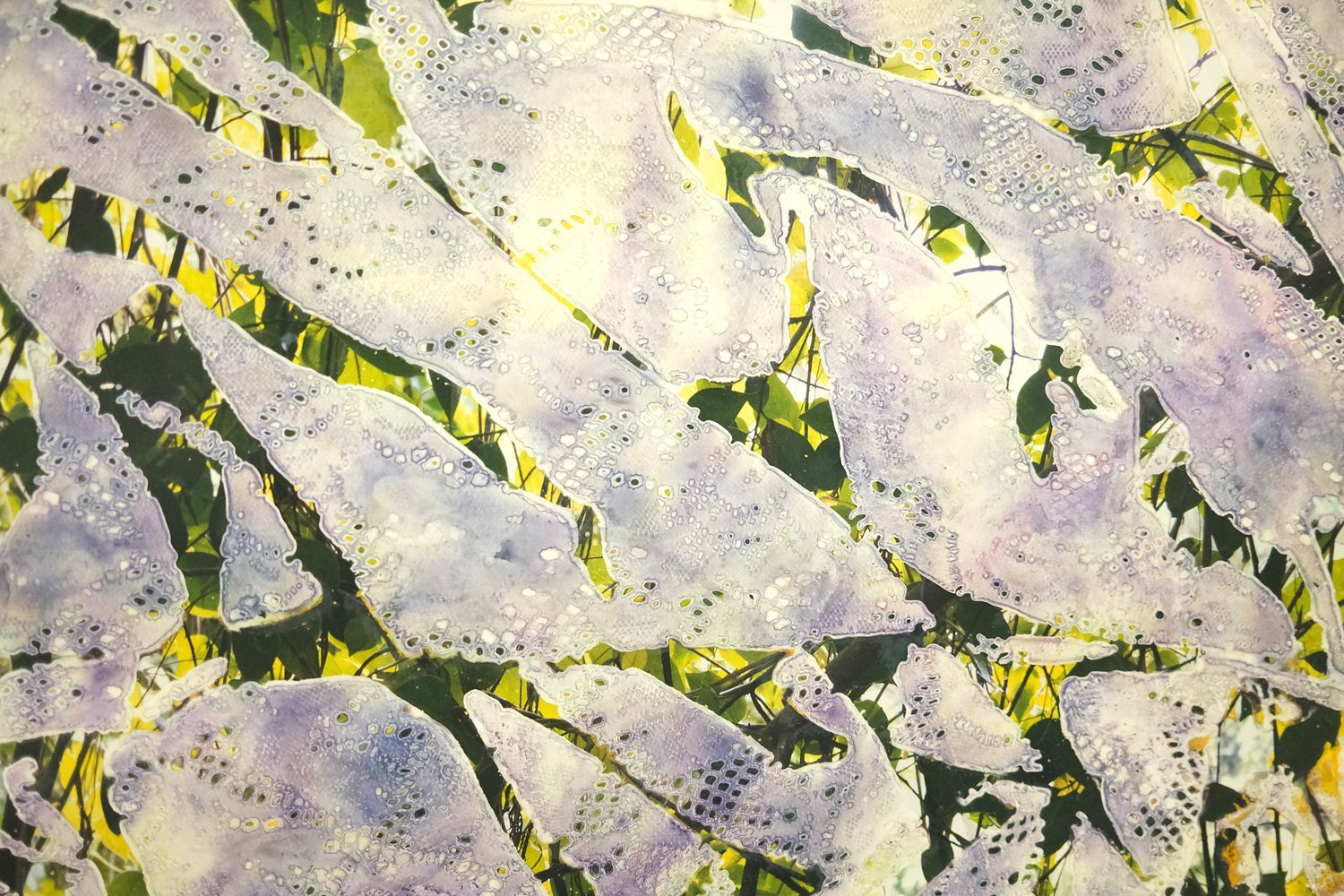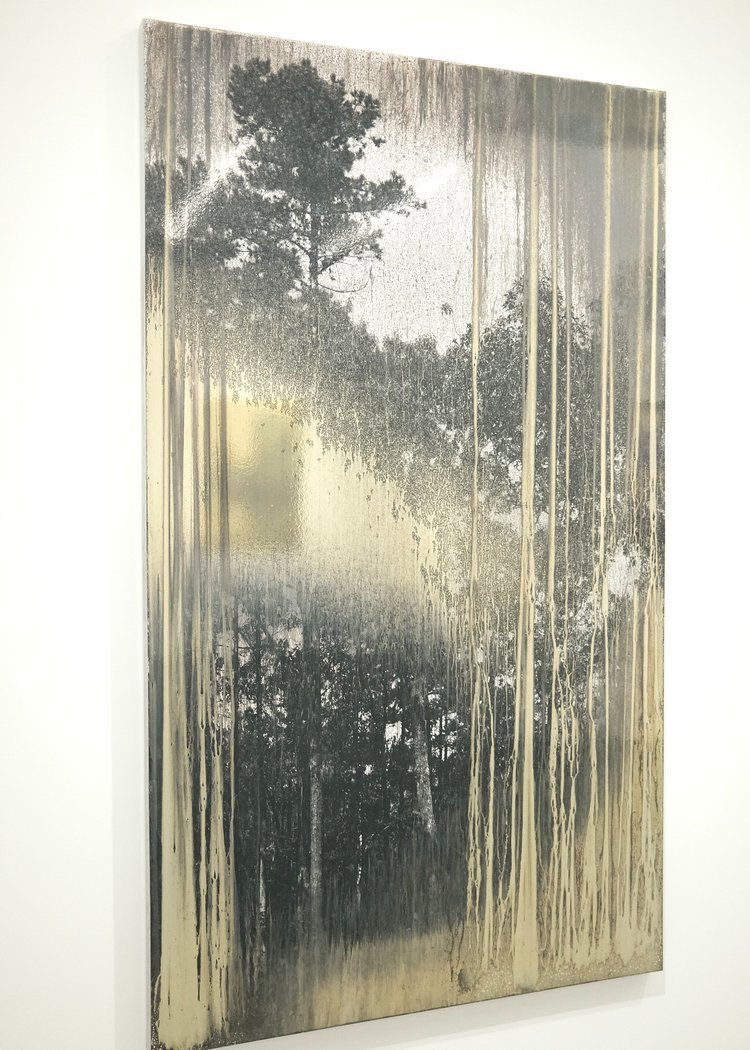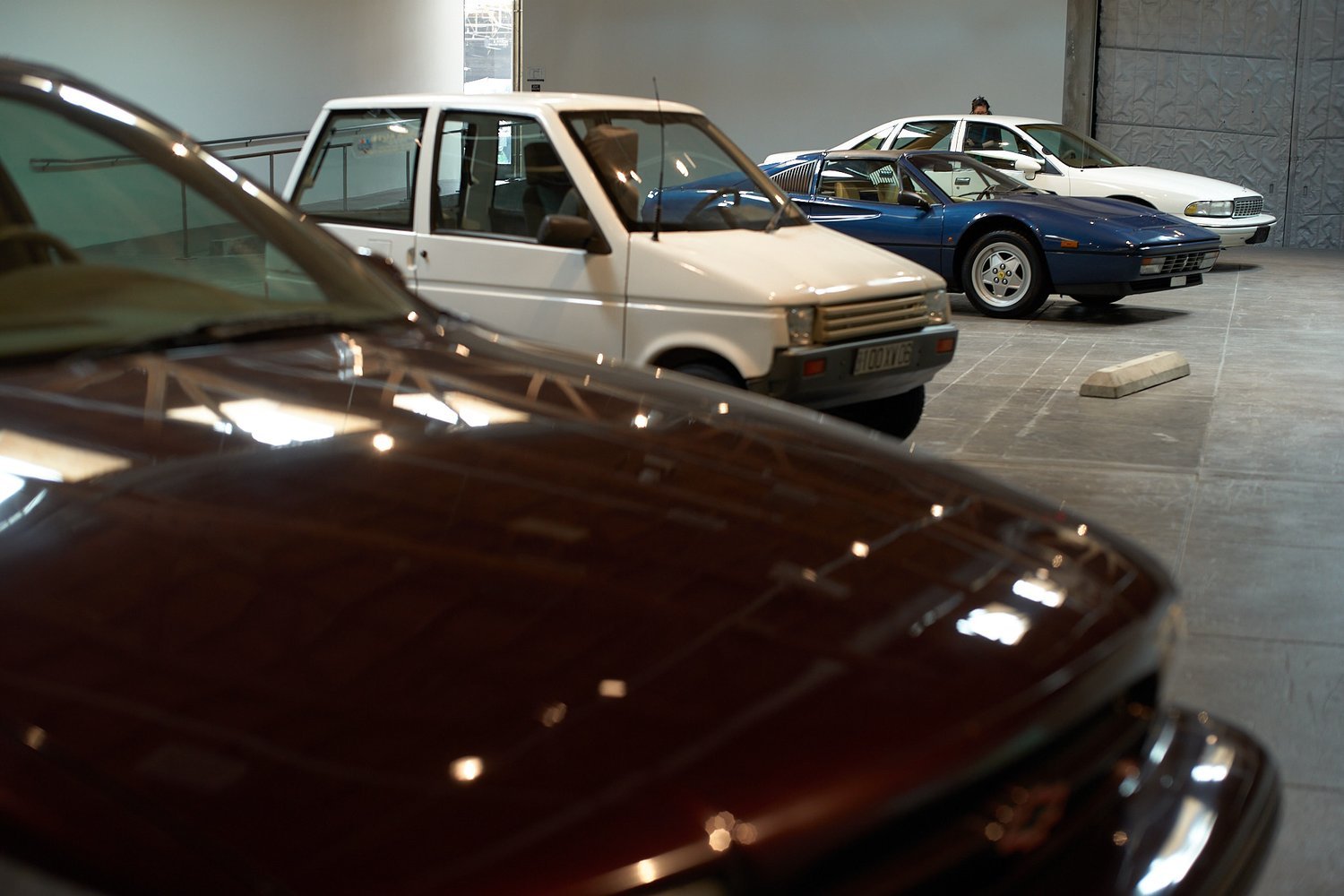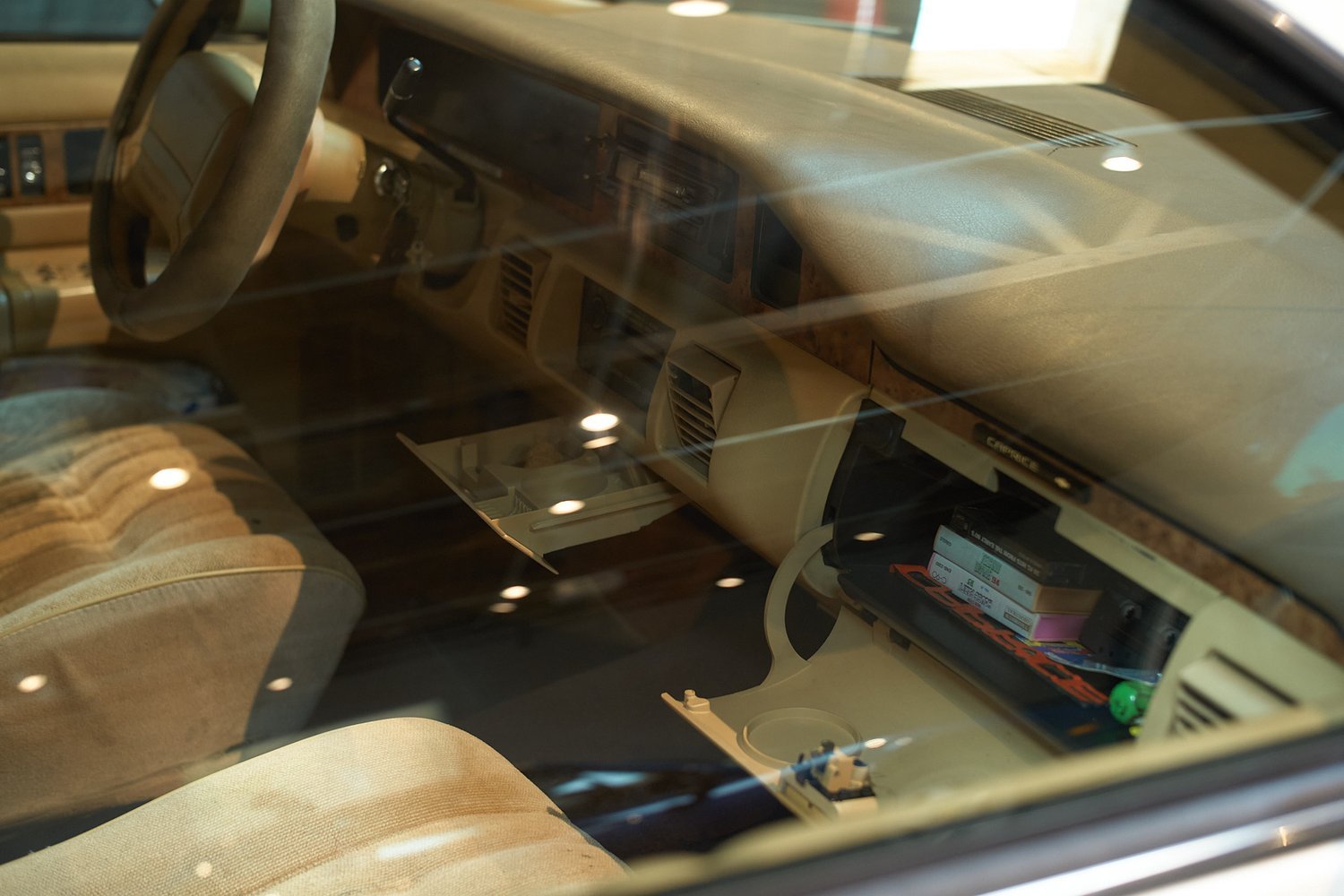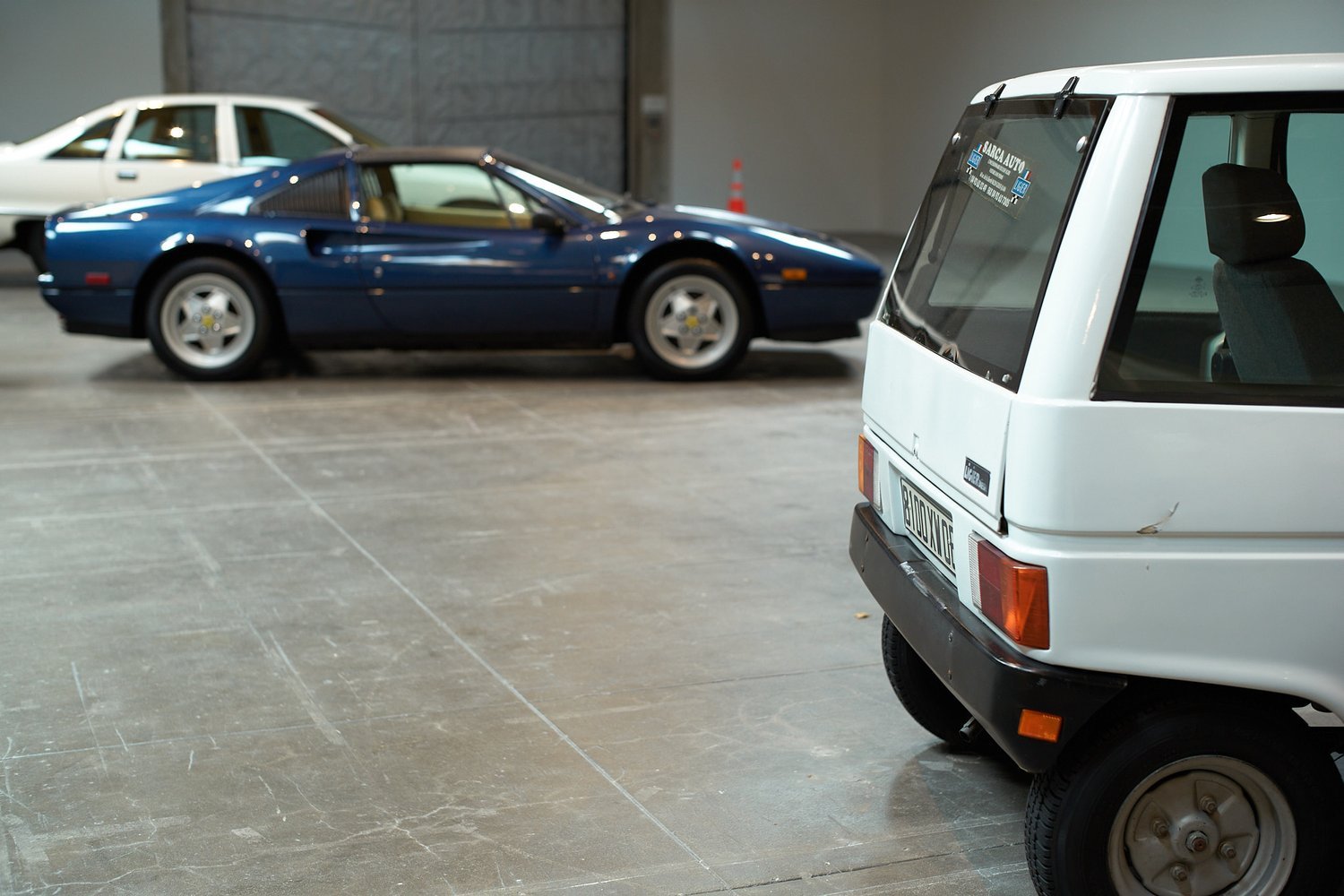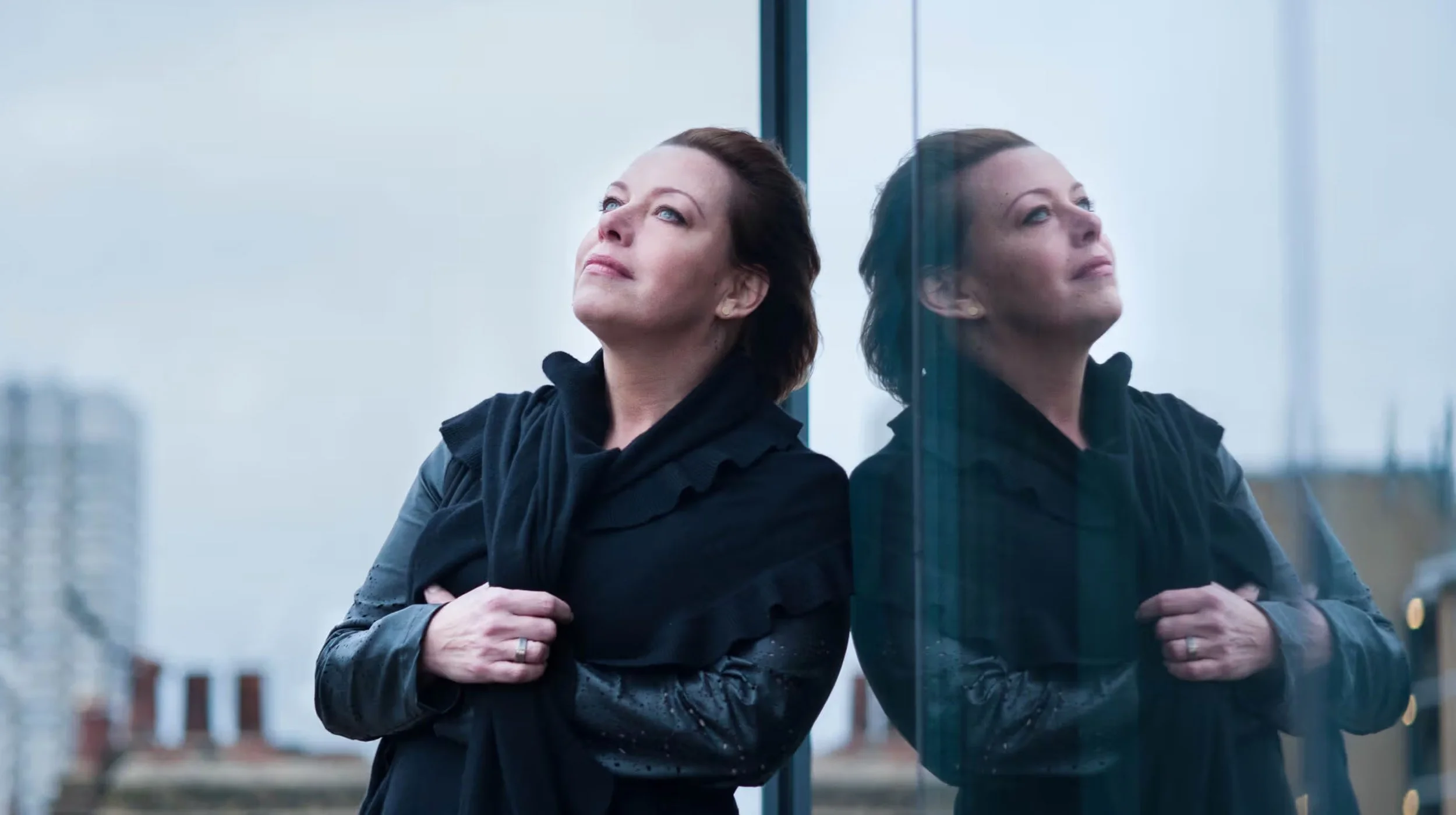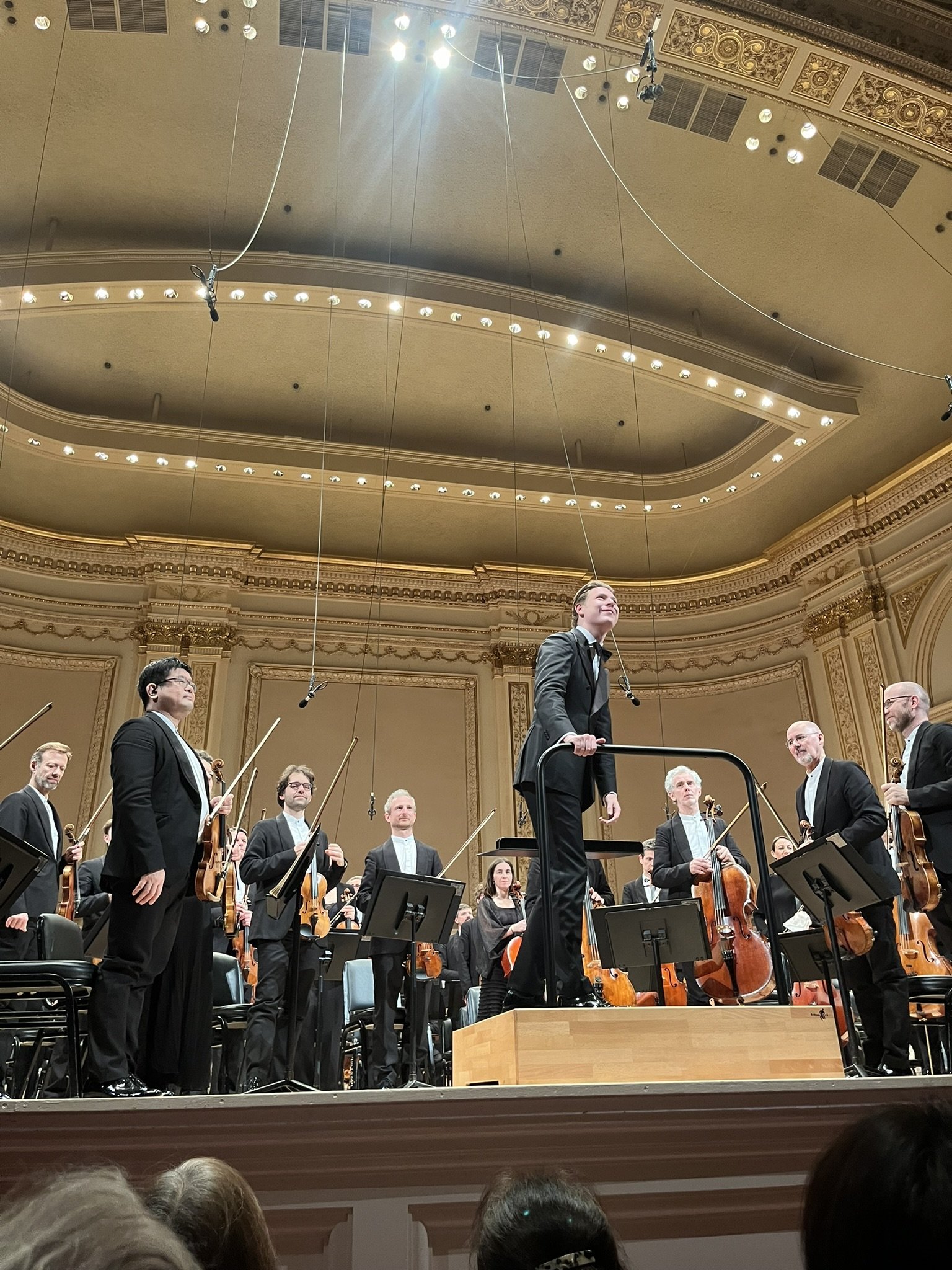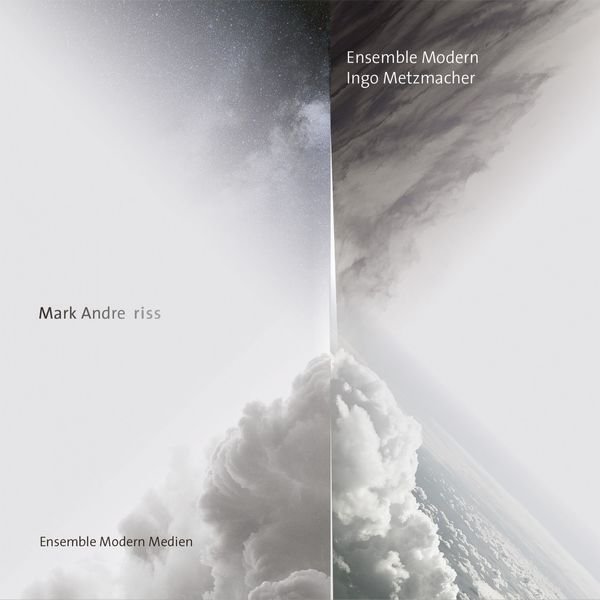Two weeks, at Balse.
Rain, in LA, I love.
Rain coat. I love raincoat.
Spring/summer
sound of rain, radio, forest, light, city, prayers? LEMAIRE. radio. signal. higurashi, maboroshi.
Story of irreplaceable loss, story that come through. World Press Photo
IN MIX
Richie Culver | HÖR - April 5 / 2024
clean, philosophical, harmonic, repetitive wonderfulnesssisimo.
Meskendir Konduku
loosing track of that Why is so dangerous. Not knowing why we photograph…leads to lack of creativity, insecurity, it leads ultimately to procrastination. And procrastination is death of art, death of creativity.
The power of her photographs.
A medium.
Style is something challenging to find.
To try to share a view of the world…
god -2hollis
suspense - Jeff Mills
realize - vitesse x
lovely Marias
Preparing to go back to Venezia for the Bienalle Arte
BIENALLE
till next time.
Charles A. Balse
Words of Wisdom
DIALOGUES WITH MARCEL DUCHAMP by Pierre Cabanne
Chapter 4. I Like Breathing Better than Working
Page 69
CABANNE: You have also said that the artist is unaware of the real significance of his work and that the spectator should always participate in supplementing the creation by interpreting it.
DUCHAMP: Exactly. Because I consider, in effect, that if someone, any genius, were living in the heart of Africa and doing extraorinary paintings every day, without anyone's seeing them, he wouldn't exist. To put it another way, the artist exists only if he is known. Consequently, one can envisage the existence of a hundred thousand geniuses who are suicides, who kill themselves, who diappear, because they didn't know what to do to make themselves known, to push themselves, and to become famous.
I believe very strongly in the "medium" aspect of the artist. The artist makes something, then one day, he is recognized by the intervention of the public, of the spectator; so later he goes on to posterity. You can't stop that, because, in brief, it's a product of two poles - there's the pole of the one who makes the work, and the pole of the one who looks at it. I give the latter as much importance as the one who makes it.
Naturally, no artist accepts this interpretation. But when you get right down to it, what is an artist? As much as the furniture maker, say Boulle, he's the man who owns a "Boulle." A work is also made of the admiration we bring to it.
African wooden spoons were nothing at the time when they were made, they were simply funcational; later thye became beautiful things, "works of art".
Don't you think the spectator's role is important?
[[akademie-X]], John Stezaker
Lesson 30: Art Education - A Contradiction in Terms, page 283
After years of involvement in art education, both as a student and as a teacher, I have arrived at the conviction that art education is a contradiction in terms. Picasso understood this when he said that he did not search but that he found. Art is finding and that is incalculable and unpredictable. There can be no preparation for it. No research is possible for it.
Education is ostensibly dedicated to knowledge. The best art comes out of not knowing - out of ignorance. Education professes to render the world either transparent or legible. Art seems always to be a confrontation with the opposite: the unknowable, the illegible.
.....I believe in the importance of seclusion and indolence in the creation of art. Art needs to find a space to hide. It thrives in dusty neglected atrophied spaces. In a sense, one could say it needs educational dysfunction: it needs neglect. How often have important developments in art come out of groups of students taking control of their own aesthetic agenda in the absence of a strong educational programme? Modern education, in attempting conscientiously to create a miniature version of the exhibiting world awaiting its prospective artists, inadvertently betrays the possibility of art, which as Maurice Blanchot insists, comes out of an 'exile from life'.
More practically, I would suggest following the example of Henry David Thoreau's economics of aesthetic reflection: find an undemanding job, occupying the minimum time commitment to support the maximum proportion of time dedicated to aesthetic indolence. Times have changed the balance of that economy since Thoreau's day. He only had to work one day a week for the farmer whose land he lived on in order to subsist in his exile from life. We live in a culture hostile to nonproductive activity, but it's precisely because of this that the resistance of aesthetic indolence is so vital.
Mariko Oya “La lumière” exhibition
Venue: agnès b. gallery boutique 5-7-25 Minami-Aoyama, Minato-ku, Tokyo
La Fleur Minami Aoyama 2F
Date: March 9, 2024 (Sat) - April 7, 2024 (Sun)
Main Studies
APPENDIX:
2024 World Press Photo Contest Jury Perspectives
Vitesse X - Ricochet (Official Music Video)
LOEWE Spring Summer 2024 men’s runway collection
Prada | Spring Summer 2024 | Menswear
Valentino | Spring Summer 2024 | Menswear
Lemaire | Spring Summer 2024 | Full Show
Dries Van Noten | Spring Summer 2024 | Menswear
Richie Culver | HÖR - April 5 / 2024
2hollis - god (official video)
Up Next: 2hollis (Documentary)
Jeff Mills - Suspense (Unreleased Version) [AX078DC]
Give up on happiness. Go hard at wonder | Monica Parker for Big Think+
Stop trying to define your STYLE - set your MISSION & become an AUTHENTIC photographer
Mini Essays: The Ultimate Learning Tool
Vitesse X - Realize (Official Music Video)
ClassicAsobi recommends
This section features content recommended from the NYC based ClassicAsobi and his team, specializing in classical music.
COMING UP
Tavares Strachan
17 February - 13 April 2024 - Marian Goodman LOS ANGELES
MARCH 23 - APRIL 27, 2024 - Night Gallery, LA
April 6 to May 11, 2024 - Baert Gallery, LA
Ella Kruglyanskaya: See SawElla Kruglyanskaya: See SawApril 5–June 8
Jeffrey Deitch LA
Only the Young: Experimental Art in Korea, 1960s–1970s
FEB 11 – MAY 12, 2024, HAMMER
Betye Saar: Drifting Toward Twilight
Nov. 11, 2023–Nov. 30, 2025, The Huntington
SUN, APR 21
7:30PM
Dudamel Leads Beethoven and Strauss
SUN, MAY 5
2:00PM
PROGRAM & ARTIST LISTING
Andreia PINTO CORREIA — Cortejo (world premiere, LA Phil commission with generous support from the Esa-Pekka Salonen Commissions Fund)
BEETHOVEN — Piano Concerto No. 4
Intermission
STRAUSS — Don Quixote












